How Often Should a Husky Be Groomed?
Siberian Husky is a dog breed that is very striking because of its fluffy coat, peculiar markings, prominent eyes, amazing endurance, and outgoing personality. These dogs need a lot of care and attention, especially when it comes to their coat.
Understanding Your Husky's Coat
Huskies have a unique double coat consisting of a dense, soft undercoat and longer, coarser guard hairs on top. This double-layer system provides excellent insulation in extreme temperatures, keeping them warm in winter and cool in summer. The undercoat is what "blows" or sheds heavily twice a year during seasonal changes, while the topcoat protects against moisture, dirt, and UV rays.
Understanding this specialized coat structure helps explain why Huskies require specific grooming practices different from single-coated breeds and why proper tools are essential for maintaining their magnificent fur.
Health and Comfort Considerations
Regular grooming significantly impacts your Husky's overall health and comfort. Proper coat maintenance prevents skin irritation, hot spots, and bacterial infections that can develop when dead hair becomes matted against the skin. Brushing stimulates blood circulation and distributes natural oils, promoting healthier skin and a shinier coat.
The grooming process also strengthens your bond with your Husky while providing an opportunity to check for abnormalities like lumps, ticks, or wounds that might otherwise go unnoticed. Many Huskies actually enjoy the sensation of being brushed when introduced to it properly with positive reinforcement.
Bathing
Siberian Huskies may look high-maintenance with their thick, fluffy coats, but they’re surprisingly low-maintenance when it comes to grooming. These dogs are naturally clean and often dislike baths because they are naturally clean. Their coats have self-cleaning properties, much like those of cats or hamsters. You might notice them licking their paws, cleaning around their eyes, and grooming other parts of their bodies.
Despite these self-cleaning habits, Huskies still need occasional baths using a gentle, dog-safe shampoo—typically every 3-4 months, or more, if they get particularly dirty.
Keep in mind, not all Huskies are fans of bath time. Some may dislike water due to temperament, while others might be more hesitant because of their heritage. Historically bred by the Chukchi people of Northeastern Asia, Siberian Huskies were working sled dogs in freezing climates. They instinctively avoided water, knowing it could make them colder during their long journeys.
If your Husky is nervous around bath time, try easing the process with treats and positive reinforcement. Preparing the bath before bringing them in can also help, since the sound of running water may cause anxiety in some dogs.
Skin Problems and Parasite Prevention
Huskies are generally hardy, but their thick coats can hide skin issues until they become serious. Regular grooming helps detect early signs of dermatitis, hot spots, or allergic reactions. Part the fur in different sections during brushing to inspect the skin thoroughly. Monthly flea and tick prevention is essential, as parasites can be difficult to spot in their dense fur.
Choose treatments specifically formulated for double-coated breeds. This is the reason bathing should be limited to every 3-4 months using mild, hypoallergenic shampoos to preserve natural oils unless your veterinarian recommends medicated treatments. If you notice excessive scratching, redness, or unusual odors, consult your vet promptly.
The Frequency of Brushing
According to the American Kennel Club (AKC), Siberian coats may be brushed at least once weekly. There are different types of grooming brushes for Huskies but the best for them is the wide-toothed ones. Before wetting their coats, you may want to brush them first and remove any matting and tangling. This step will reduce the amount of time you may spend and can make their skin healthy. Matted and tangled sections sip water like a sponge, and if you are not able to dry them completely they will become a hub for bacterial growth.
Blowing your Siberians coats at least once a week with a high velocity dog dryer or brushing with a wide-toothed brush or bristle brush can help break up mats, smoothens, and loosens any stray hairs. You may begin by brushing the undercoat away from the skin to remove loose hairs and then follow the direction of the top layer for a shinier and smoother result.
Establishing a consistent brushing routine not only keeps your Husky looking their best but also significantly reduces the amount of fur covering your home, furniture, and clothing.
Teeth Cleaning
Siberian Huskies' teeth should be cleaned every day, otherwise, it may be hard for you to clean their plaque once it is built up. Use a toothpaste that is specifically designed for dogs and toothbrushes that slip over your fingers (just like the ones used for babies). You may also want to supply them with dental chews because it can help cut back plaque build-up.
Nail Clipping
Nail clipping should be done at least once a month to avoid serious foot problems. Long and unkempt nails can cause pain for your Husky and pressure on the toe joint. It can also realign their foreleg joints and their foot look flattened and splayed.
Some helpful tools that may help you trim your husky's nails are nail clippers, guillotine trimmers, and grinders.
Keep an eye out for the quick—the pink area inside the nail that houses nerves and blood vessels. Cutting into it can cause pain and bleeding, so take care to avoid it. If your dog’s nails are long, trim just a small amount at a time. Gradual trimming over several sessions is the safest way to shorten the nails without hitting the quick. Always have styptic powder nearby in case you accidentally nick it—it quickly stops any bleeding and helps soothe the area.
Cold Weather Grooming
Winter calls for maintaining your Husky's natural insulation without overdoing it. During colder months, brushing once weekly is enough as shedding typically decreases. Never shave your Husky in winter—their double coat is essential for temperature regulation. Focus instead on keeping the fur between their paw pads trimmed to prevent snow and ice buildup, which can cause discomfort and slipping. Check ears regularly for frostbite during extreme cold, and remember that winter baths should be limited and always followed by complete drying to prevent chilling. A properly maintained winter coat keeps your Husky comfortable during outdoor activities.
Warm Weather Grooming
During warmer months, Huskies need more frequent brushing—about 3-4 times weekly—to remove loose undercoat that can trap heat. Contrary to popular belief, never shave your Husky in summer; their double coat actually helps regulate body temperature and protects against sunburn. Instead, use an undercoat rake to thin the insulating layer while preserving the protective topcoat. Consider increasing bath frequency slightly in summer, using a dog-specific shampoo that won't strip natural oils. After swimming, thoroughly rinse and dry your Husky to prevent hot spots and skin infections that thrive in warm, damp conditions.
Keeping Your Husky Happy and Healthy Year-Round
Following a consistent grooming routine tailored to your Husky's needs and the changing seasons will ensure your magnificent companion stays healthy, comfortable, and looking their best year-round. Keep in mind, grooming time for every husky will vary based on their size and temperament. Happy grooming!




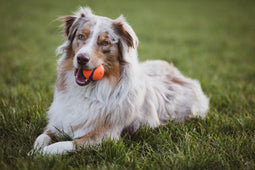
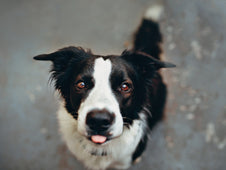
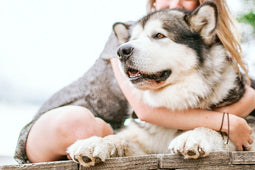
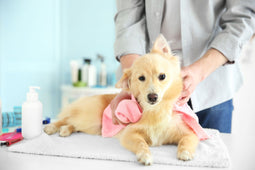
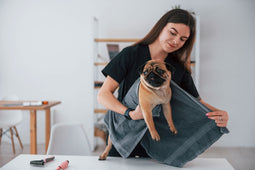

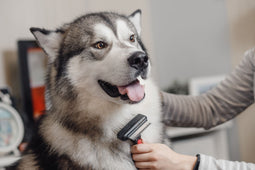
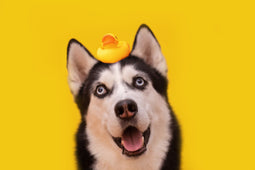




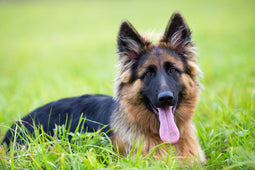


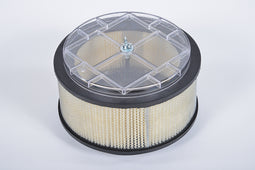
 Professional Single or Dual Motor
Professional Single or Dual Motor
This is a ridiculous guideline on bathing huskies – every week or even more than 1-2 times year.they just want yo sell their product
DO NOT FOLLOW IT
HUSKIES RARELY NEED A BATH IF EVER
i have had huskies all my life have 5 right now they are 7-8-9 years old have had them from puppies AND they have never had a bath outside snow bathes of playing and rolling in snow or get wet from rain and towel drying. they occasionally will get sprayed in summer and that it . they dont stink or have skin problems
i brush them daily for maybe 2-3 minutes and several times in year when they blow fur they get heavy brushing.
What kind of shampoo should I use ? Do they need any else to keep there coat Healty ?